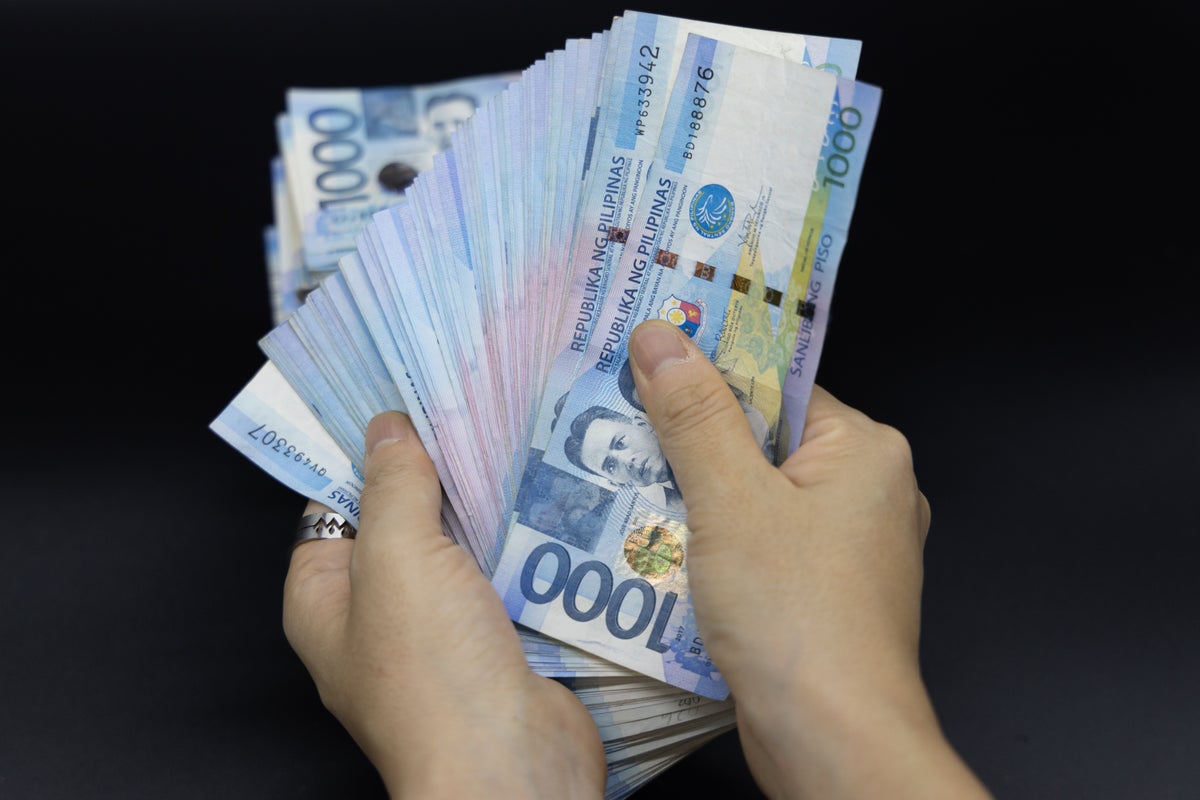[ad_1]
The Philippine peso fell to a record low versus the dollar on Friday, as surging imports expanded the trade deficit to an all-time high of $5.84 billion in June, while the dollar remained strong.
The peso depreciated by 10% this year, falling to 56.90 against the dollar. The currency is the third worst performer in Asia this year, after the Japanese yen and the South Korean won, reported Bloomberg.
Also Read: Are You A Fintech Or ESG Expert? Hong Kong Beckons You With These Perks
What Happened: Along with the widening trade deficit, the peso is being negatively impacted by a divergence between the central bank policies. The Philippine central bank has indicated it is likely to slow the pace of rate hikes at a time when the U.S. Federal Reserve is rapidly raising rates to combat inflation.
Expert Take: Trinh Nguyen, a senior economist at Natixis SA in Hong Kong, told Bloomberg a hawkish Federal Reserve also puts pressure on the peso, which means the central bank must respond with jumbo hikes to arrest the slide. “We see the peso facing further weakness as imports increase, while exports are dragged down by weakening Chinese demand, widening the trade deficit,” Nguyen said.
[ad_2]
Image and article originally from www.benzinga.com. Read the original article here.

